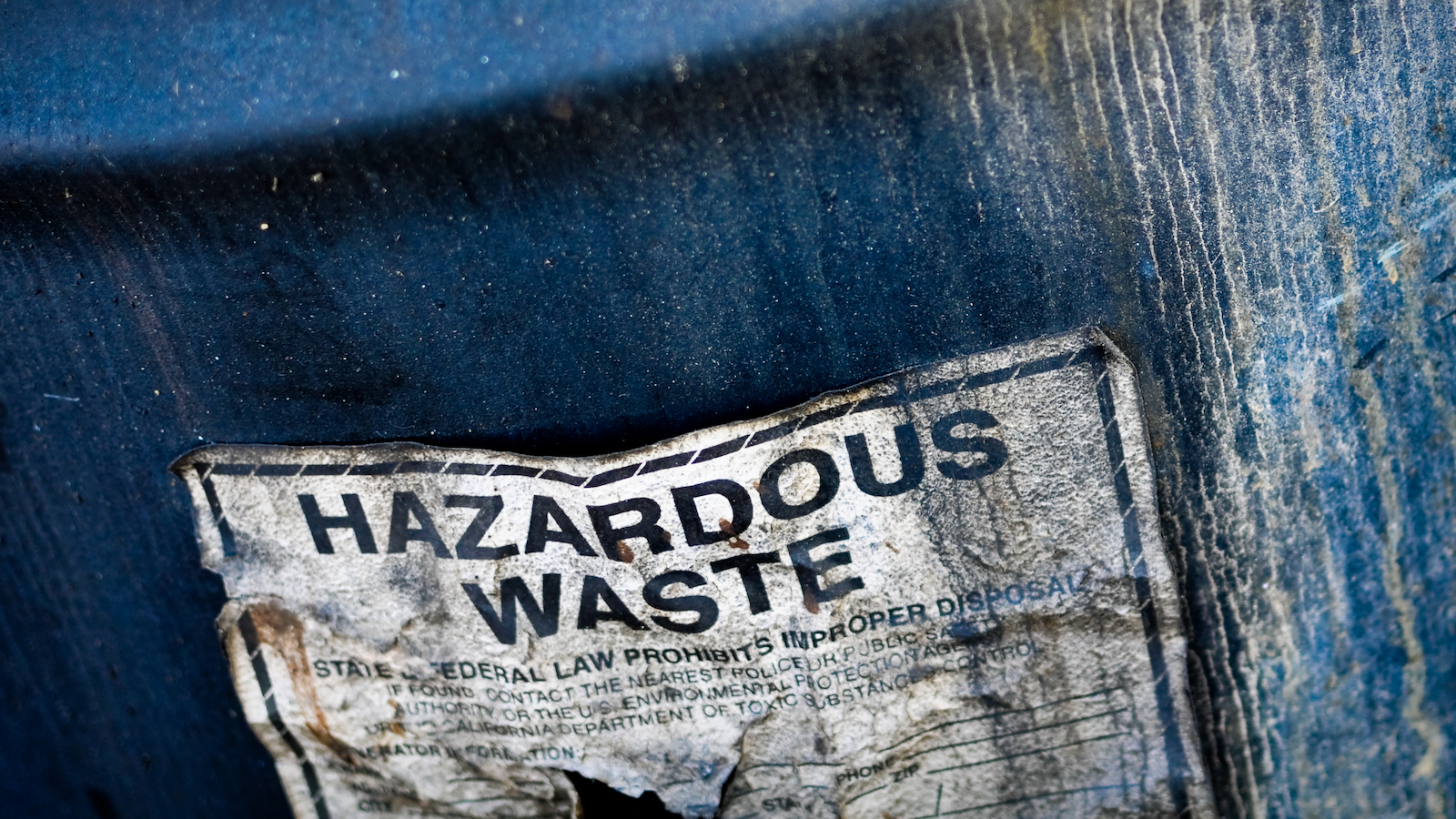
Toxic threats
The chemicals used in everything from perfumes to cleaners to fertilizers should make our lives better — not harm our health or our environment.
There are more than 80,000 chemicals on the market in the United States, used in everything from perfumes and household cleaners to fertilizers and industrial solvents. Surprisingly, most chemicals go into use without testing their long-term impact on our health or the environment. We should make sure that any chemical in use is safe, eliminate any we know are dangerous, and when industries make a toxic mess, we should know right away, and they should pay to clean it up.
The Latest on Toxic threats

Statement: New rule will aid PFAS clean-ups
STATEMENT: FDA says PFAS completely phased out of U.S. food packaging
Updates
PIRG launches campaign to ban the destructive herbicide dicamba
What You Can Do
Featured Resources
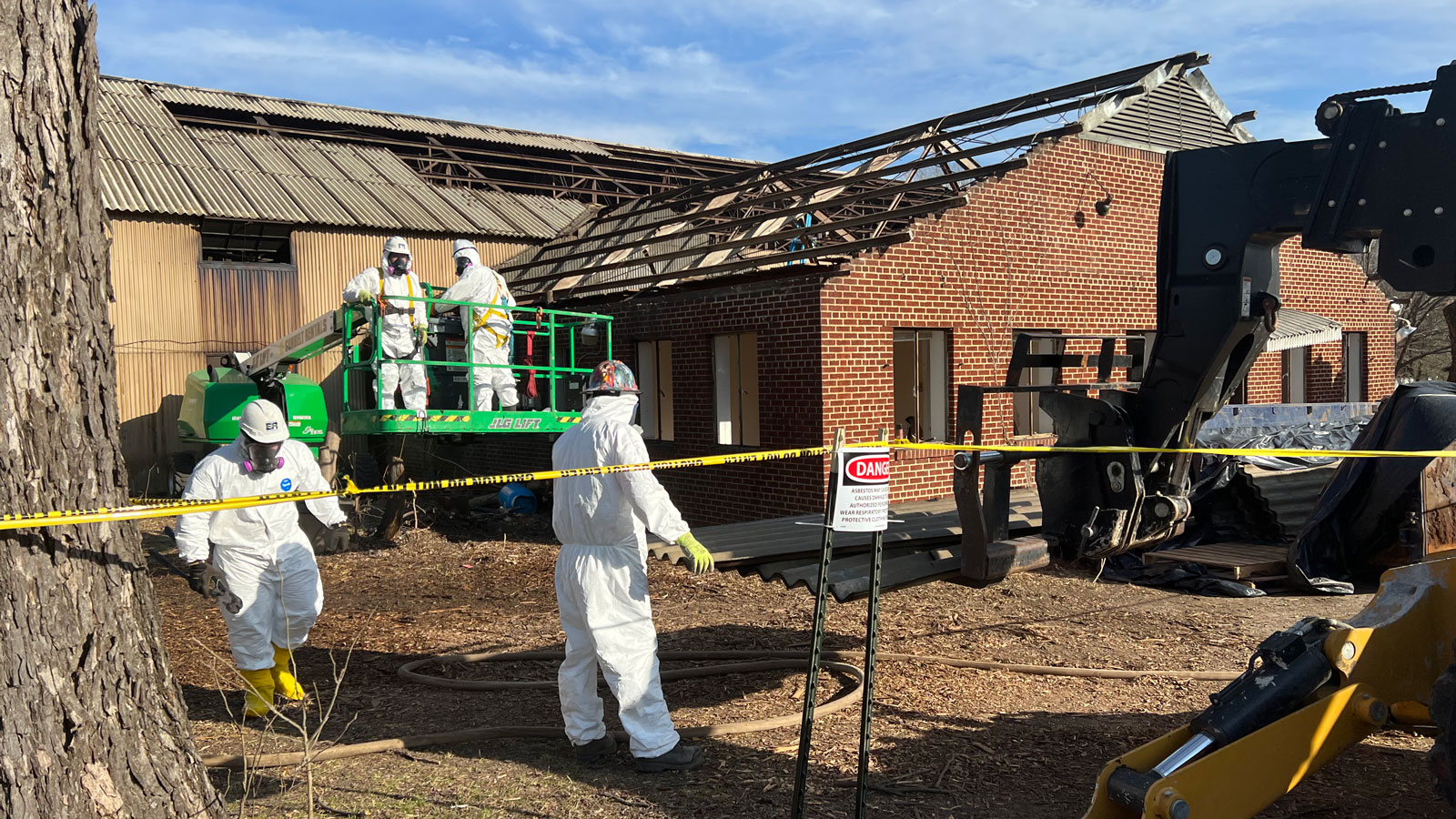
Superfund Back on Track

The Threat of “Forever Chemicals”
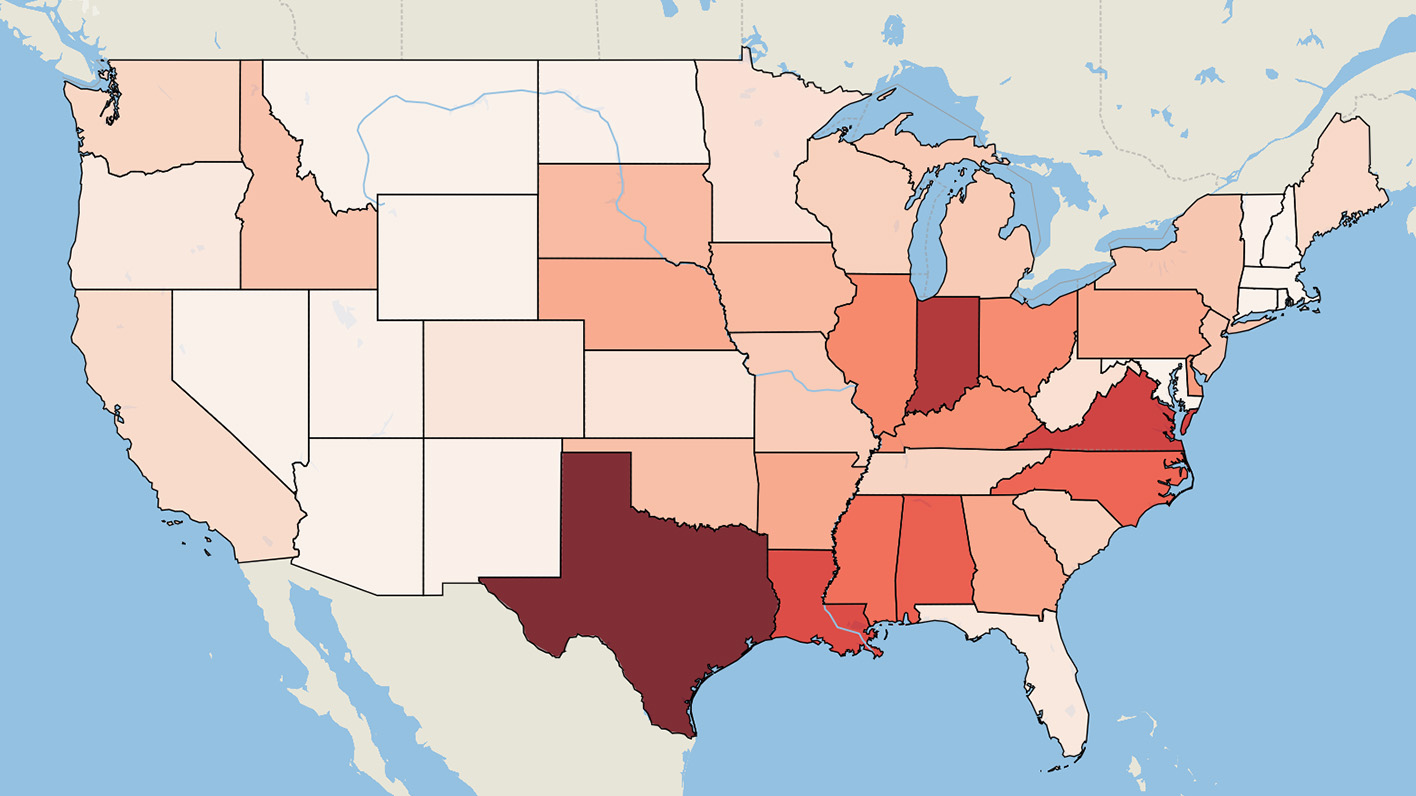
Who are the top toxic water polluters in your state?
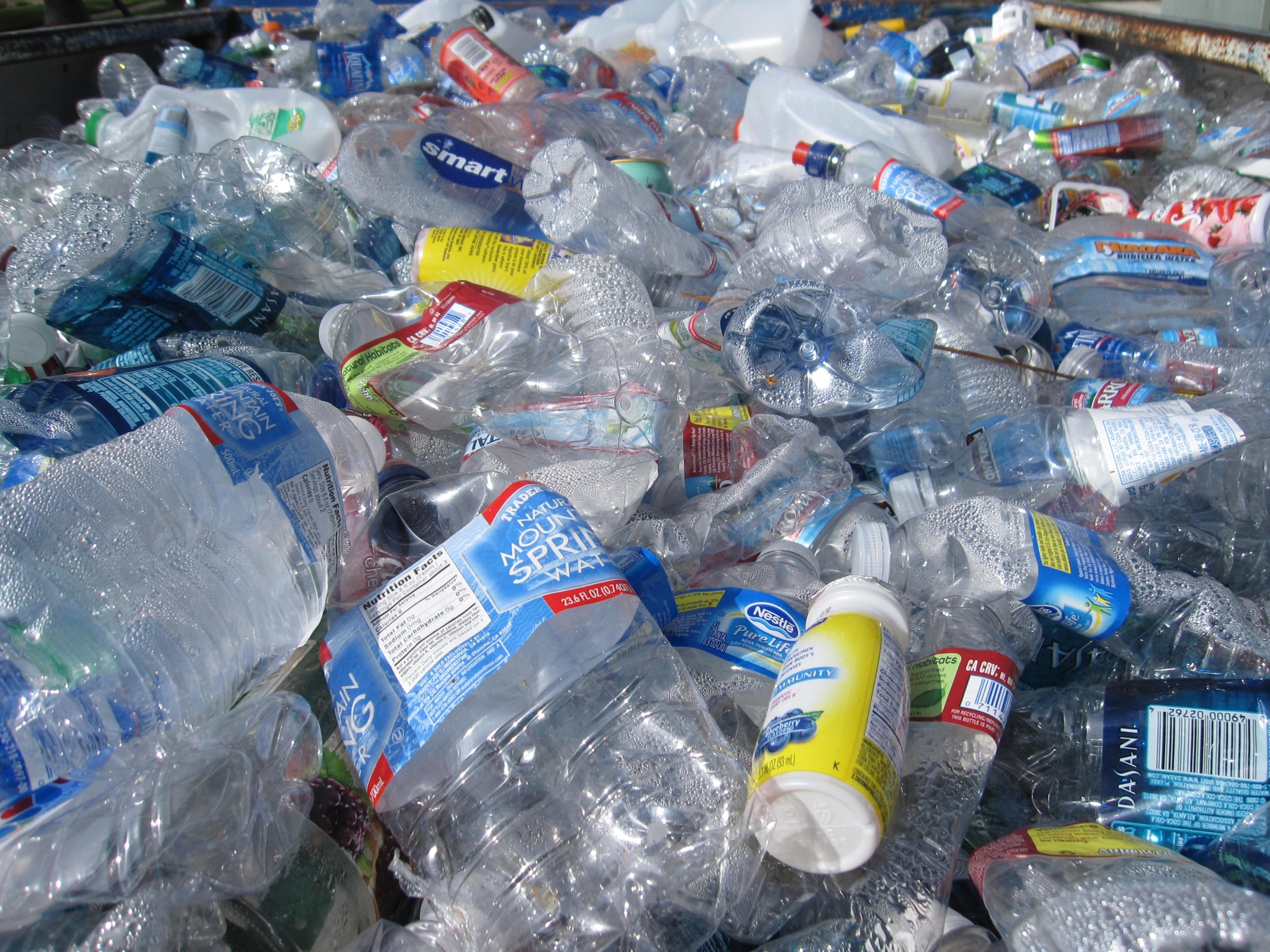
“Chemical recycling”: What you need to know.
The Latest
Type
Parents and teachers call on EPA to ‘get the lead out’ at school
Groups representing millions of parents and teachers joined environmental and public health advocates to urge the EPA to get the lead out of drinking water at schools and child care centers.
Updated 2023 mid-hurricane season resource guide: data, resources & interview opportunities
The Atlantic hurricane season lasts from June 1 through November 30. This resource guide can help members of the media cover it more thoroughly and accurately.

Has PFAS contaminated your beach?
As summer kicks into high gear and more families are hitting lakes and beaches around the country, the last thing on their minds is potential dangers lurking in the water.
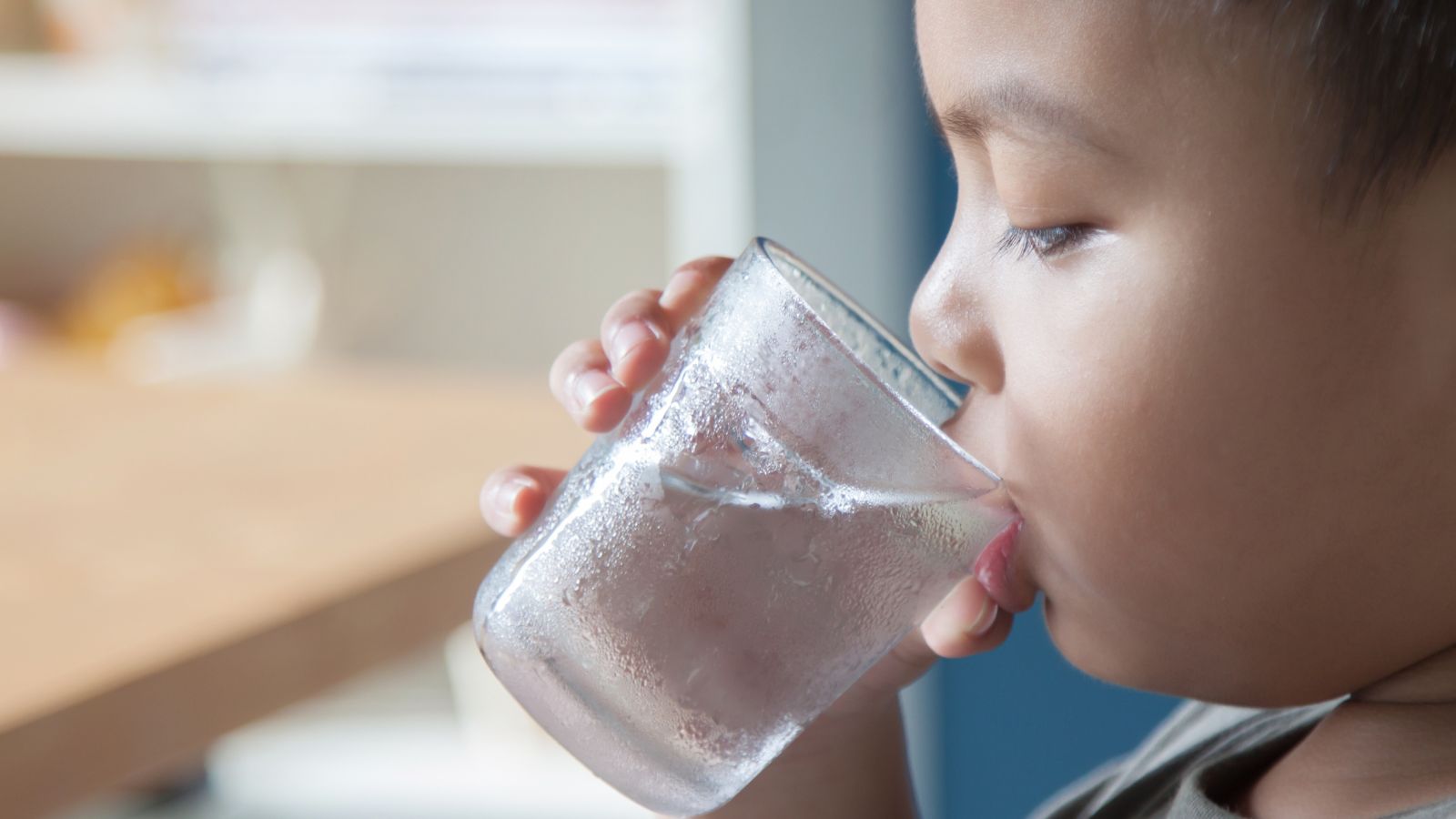
Major PFAS manufacturer will pay more than $10 billion for clean-up
A major chemical company and producer of PFAS “forever chemicals”, 3M agreed to a $10.3 billion settlement with public water utilities last Thursday.
STATEMENT: EPA acts to protect drinking water from PFAS
New proposal would create first national limits on dangerous ‘forever chemicals’
